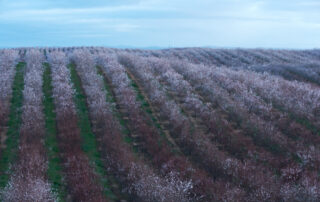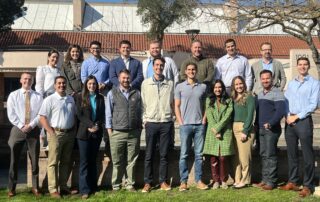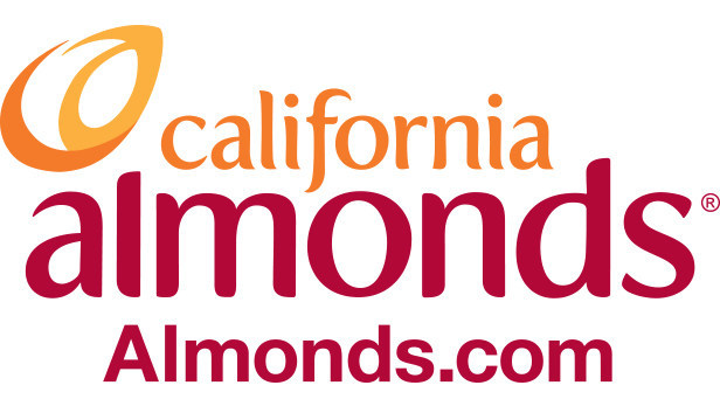USDA Final Forecast Projects Slightly Larger 2023 Almond Crop
Courtesy of the California Almond Board
The 2023 California Almond Objective Measurement Report published Wednesday by the U.S. Department of Agriculture’s National Agricultural Statistics Service (USDA-NASS) estimates that the crop harvested in 2023 will come in at 2.6 billion meat pounds, 1% percent above last year’s 2.57 billion pounds.
The estimate is up 4 percent from USDA-NASS’s Subjective Forecast in May and comes after one of the wettest winters on record, limited bee flights because of rain and wind, and a cool spring. USDA’s Forecasted yield is 1,880 pounds per acre, down 20 pounds from 2022 and the lowest since 2009.
The slight increase comes partly because of larger nut size and despite difficult conditions, USDA-NASS said. “Record level rainfall and unprecedented stormy conditions hindered bee pollination activity in orchards across the state. Cooler than normal temperatures continued through early summer and delayed the maturity of the crop,” the report said.
“Almond farmers have faced a series of challenges in recent years, and this wet, cool winter and spring created different obstacles after three years of drought. Yet the forecast for a larger crop shows the resiliency of California almond orchards,” said Richard Waycott, president and CEO of the Almond Board of California (ABC). “Almond farmers have worked hard while dealing with higher production and financing costs and a bloom with highly compromised bee flight hours. They are very thankful, however, for the abundant rain and snow which vastly improved the water situation, at least for now, and for shipping logistics that continue to improve. The perseverance of California’s almond farmers is admirable as is their commitment to meet future growth in global demand with high quality California almonds.”
The forecast for the average nut set per tree is 3,953, 3 percent down from 2022. The Nonpareil average nut set of 4,004 is 1 percent more than last year. The average kernel weight for all varieties sampled was 1.67 grams, up 14% percent from the 2022 average weight. The Nonpareil average kernel weight was 1.69 grams, up 9 percent over from last year.
The 2023 Objective Report is based on actual almond counts using a statistically rigorous methodology. The survey was conducted from May 26 to July 3 and 1,824 trees were sampled in 912 orchards, 32 more orchards than in 2022. USDA-NASS conducts the annual Subjective Forecast, Objective Report and Acreage Report to provide the California almond industry with the data needed to make informed business decisions.













